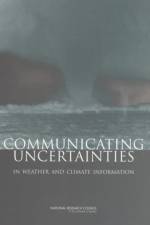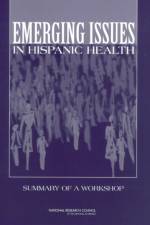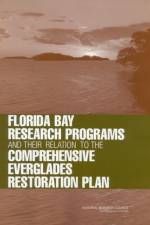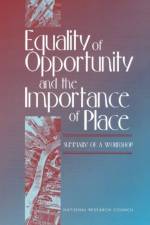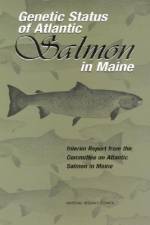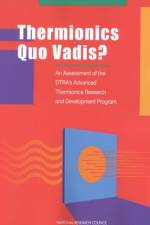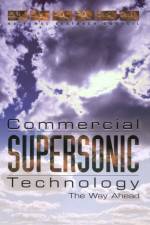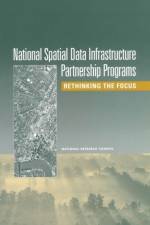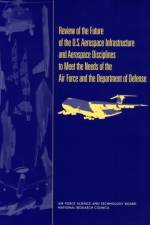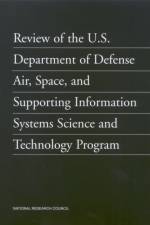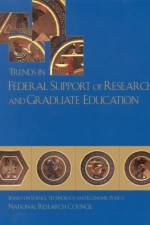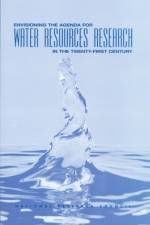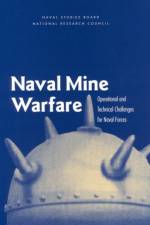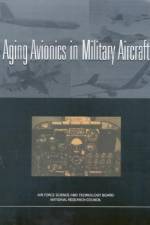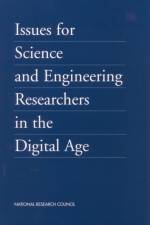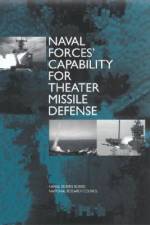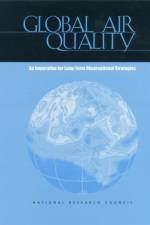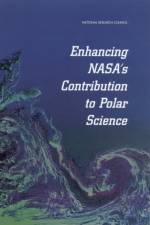av Committee on Aging Avionics in Military Aircraft, Air Force Science and Technology Board, National Research Council, m.fl.
469
Extending the life of an airframe has proven challenging and costly. Extending the life of an avionics system, however, is one of the most critical and difficult aspects of extending total aircraft system lifetimes. Critical components go out of production or become obsolete, and many former suppliers of military-grade components have gone out of business. From 1986 to 1996, for example, the percentage of discontinued military/aerospace electronic devices nearly doubled- from 7.5 percent to 13.5 percent. In addition, legacy avionics systems, which were designed to meet requirements of the past, generally lack the full capability to perform new missions, meet new threats, or perform well in the new information-intensive battlefield environments.As the legacy aircraft fleet ages, avionics systems will become more and more difficult to support and maintain. Whereas the military once provided a large and profitable market for the electronics industry, the military electronics market today constitutes less than 1 percent of the commercial market. As a result, the military must increasingly rely on commercial off-the-shelf (COTS) technologies for its avionics hardware and software. Although COTS items are generally less expensive than comparable items designed especially to meet military specifications, the technology-refresh cycle for COTS is typically 18 months or less, which exacerbates the obsolescence problem for aircraft whose lifetimes are measured in decades. The short refresh cycle is driven mostly by the tremendous advances in computer systems, which comprise an increasing percentage of avionics content.In response to a request by the Assistant Secretary of the Air Force for Acquisition, the National Research Council convened the Committee on Aging Avionics in Military Aircraft, under the auspices of the Air Force Science and Technology Board, to conduct this study. This report summarizes the following:- Gather information from DoD, other government agencies, and industrial sources on the status of, and issues surrounding, the aging avionics problem. This should include briefings from and discussions with senior industry executives and military acquisition and support personnel. A part of this activity should include a review of Air Force Materiel Command's study on diminishing manufacturing sources to recommend ways to mitigate avionics obsolescence.- Provide recommendations for new approaches and innovative techniques to improve management of aging avionics, with the goal of helping the Air Force to enhance supportability and replacement of aging and obsolescing avionics and minimize associated life cycle costs. Comment on the division of technology responsibility between DoD and industry.


